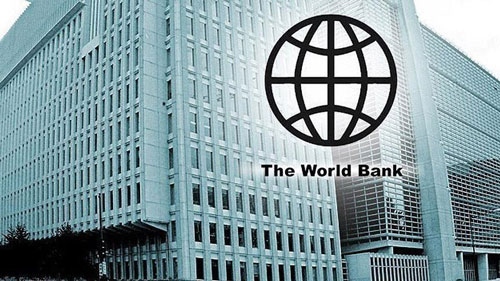South Asia is one of the regions most at risk due to extreme heat but the majority of its urban areas are ill-equipped to deal with the phenomenon, which is increasing in frequency, severity and complexity due to climate change.
This was stated in a new World Bank report which said that the region, home to a quarter of the world’s population, was accustomed to extreme heat, but rapid urbanisation and climate change were pushing the region’s limits of adaptation with lethal consequences.
The impacts of heat in South Asia are already emerging with over 3,600 heat-related deaths in India and Pakistan during the 2015 heat waves. More recently in 2022, at least one billion people in India and Pakistan experienced further record-breaking heat waves with temperatures reaching 51 degrees Celsius in some parts of Pakistan.
The report, ‘Urban Heat in South Asia: Integrating People and Places in Adapting to Rising Temperature’ said high-density living, along with low permeation of green and blue spaces, has created heat management challenges for a large number of communities in South Asia.
New report calls high-density, less green spaces ‘a challenge’; says ‘inclusive planning’ needed to mitigate effects
These environmental factors were important considering that heat adaptive measures, such as mechanical cooling through air conditioning, were rarely afforded in South Asia.
In many South Asian communities, air conditioning use is impractical due to erratic electricity supply or affordability.
The report stated that across Pakistan, electricity demand often exceeded supply resulting in blackouts lasting three to four hours per day. These factors were not limited to low-income communities and extended across many urban communities in the region.












